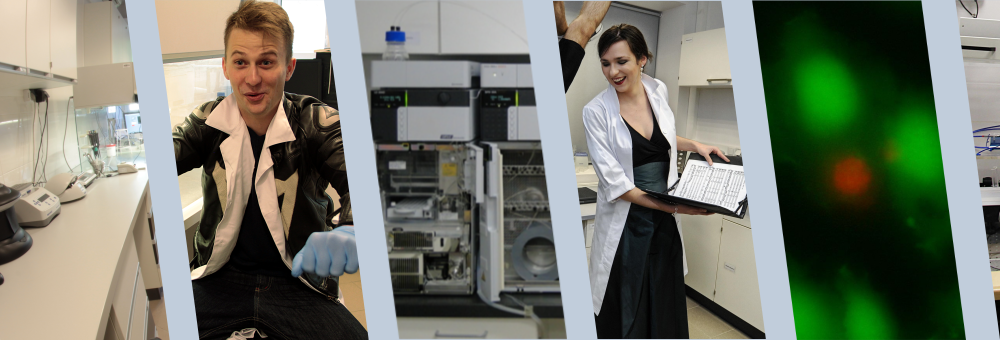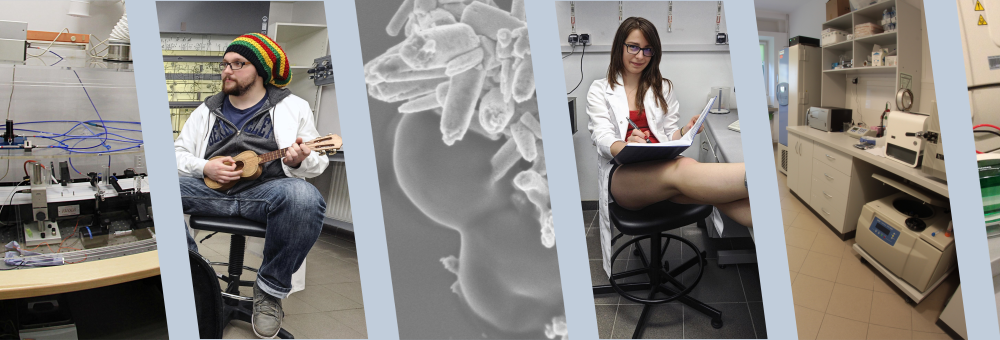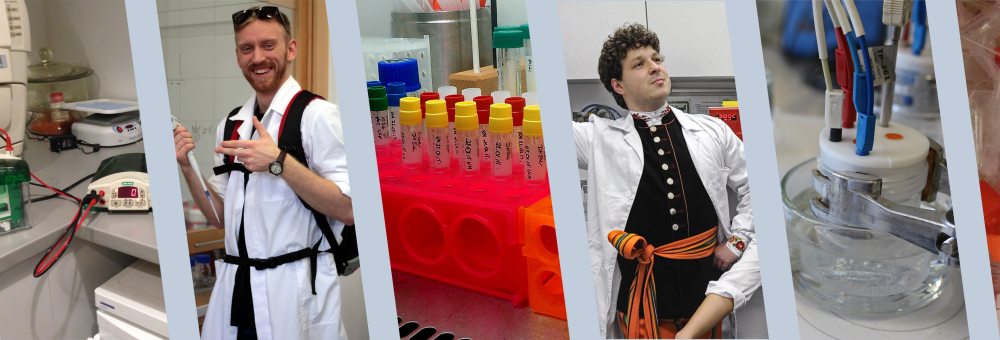Publication
Fluorescence correlation spectroscopy for multiple-site equilibrium binding: a case of doxorubicin–DNA interaction ,
Author(s): Zhang, Xuzhu and Poniewierski, Andrzej and Sozański, Krzysztof and Zhou, Ying and Brzozowska-Elliott, Anna and Holyst, Robert ,
Title: Fluorescence correlation spectroscopy for multiple-site equilibrium binding: a case of doxorubicin–DNA interaction ,
Abstract: Quantitative description of the interaction between doxorubicin (DOX), a broadly used anticancer drug, and DNA is the key to understand the action mechanism and side effects of its clinical use. However, the reported equilibrium constants of DOX–DNA interaction obtained using a range of different analytical methods vary even by several orders of magnitude. Herein, we propose a novel application of a single-molecule technique – fluorescence correlation spectroscopy (FCS) – to probe the interaction between DOX and two types of DNA (pUC19 and calf thymus DNA), taking advantage of intrinsic self-fluorescence of DOX. We provide an analytical formula for autocorrelation analysis to determine the equilibrium constant of DOX–DNA complex-formation, where binding of multiple DOX molecules to a DNA chain is included in the reaction–diffusion model. Our FCS-based method not only quantitatively revealed the values of equilibrium constant, but also implied that the stability of DOX–DNA complex is related to the types of base pair rather than the length or structure of the DNA. This work opens a promising pathway toward quantitative determination of molecular interactions in complex systems such as living cells or organisms at single-molecule level.
Pages: 1572-1577 ,
Journal: Phys. Chem. Chem. Phys. ,
Publisher: The Royal Society of Chemistry ,
Volume: 21
Year: 2019
URL: http://dx.doi.org/10.1039/C8CP06752J ,
DOI: 10.1039/C8CP06752J ,









